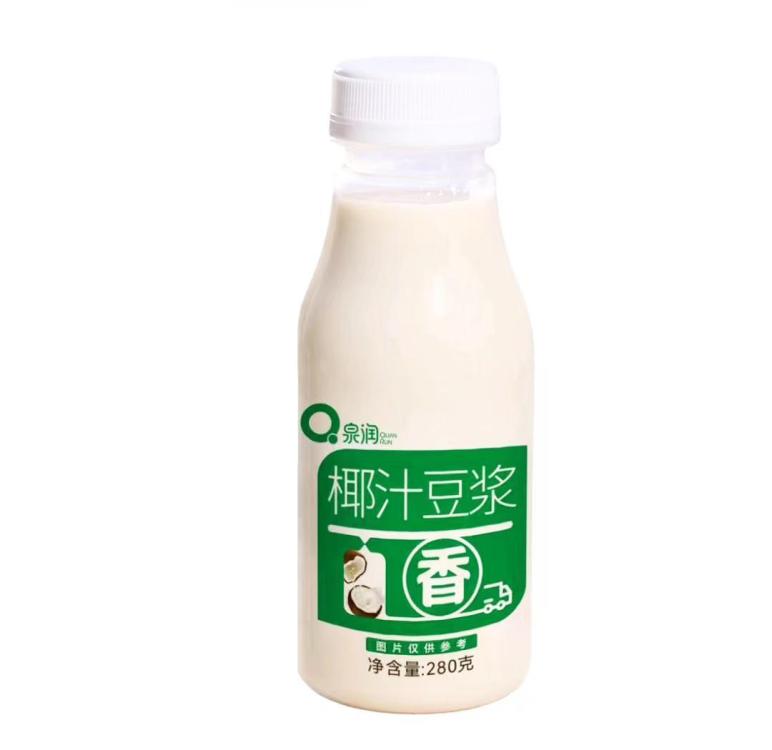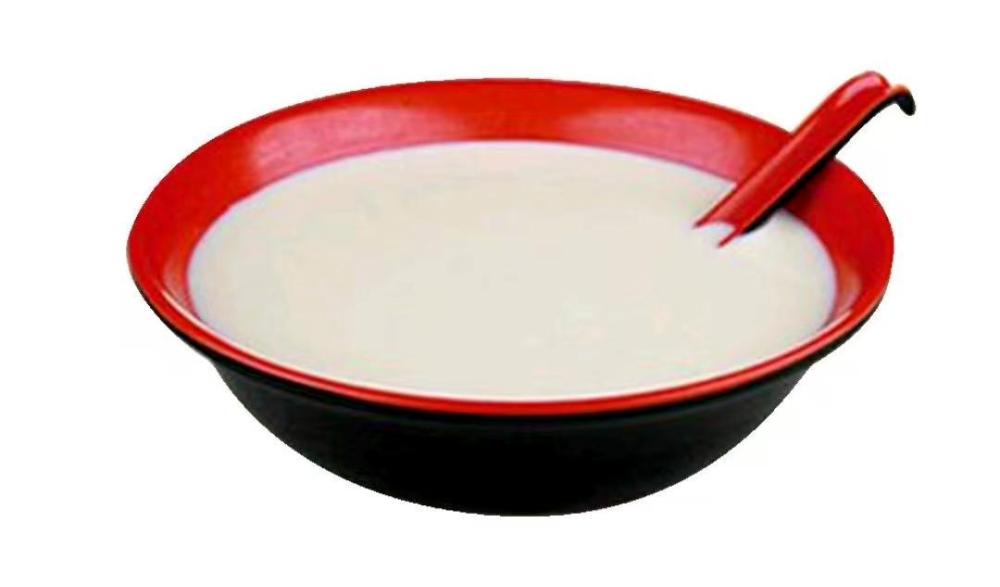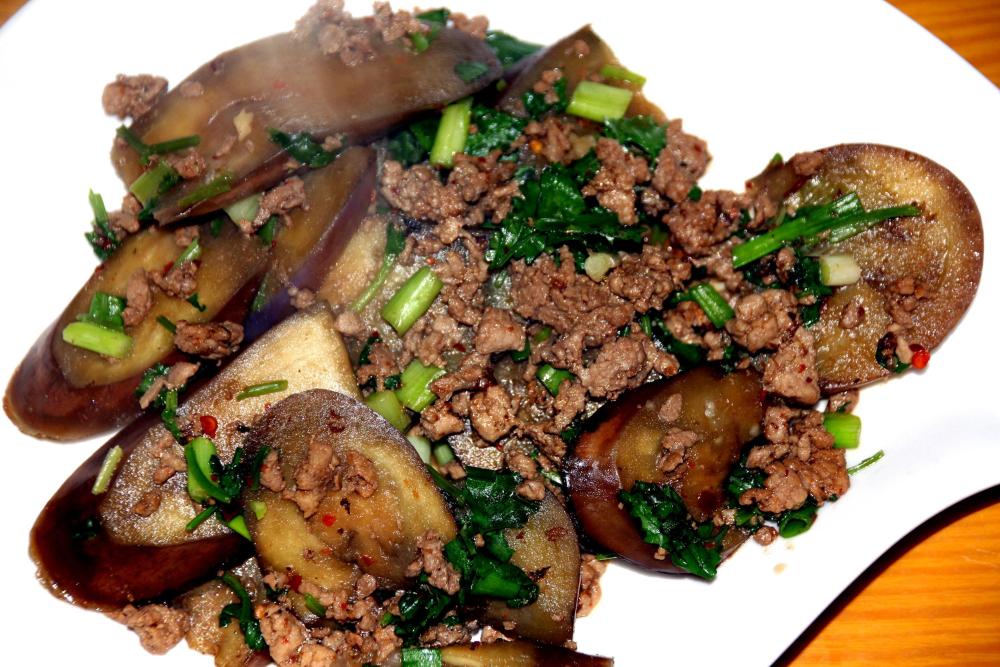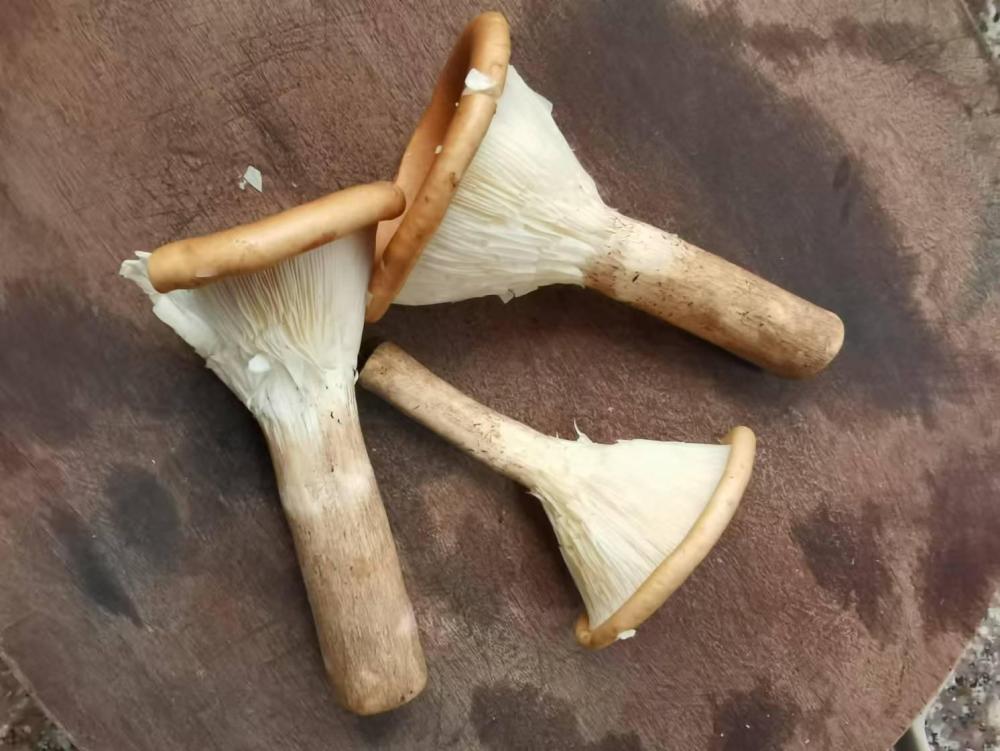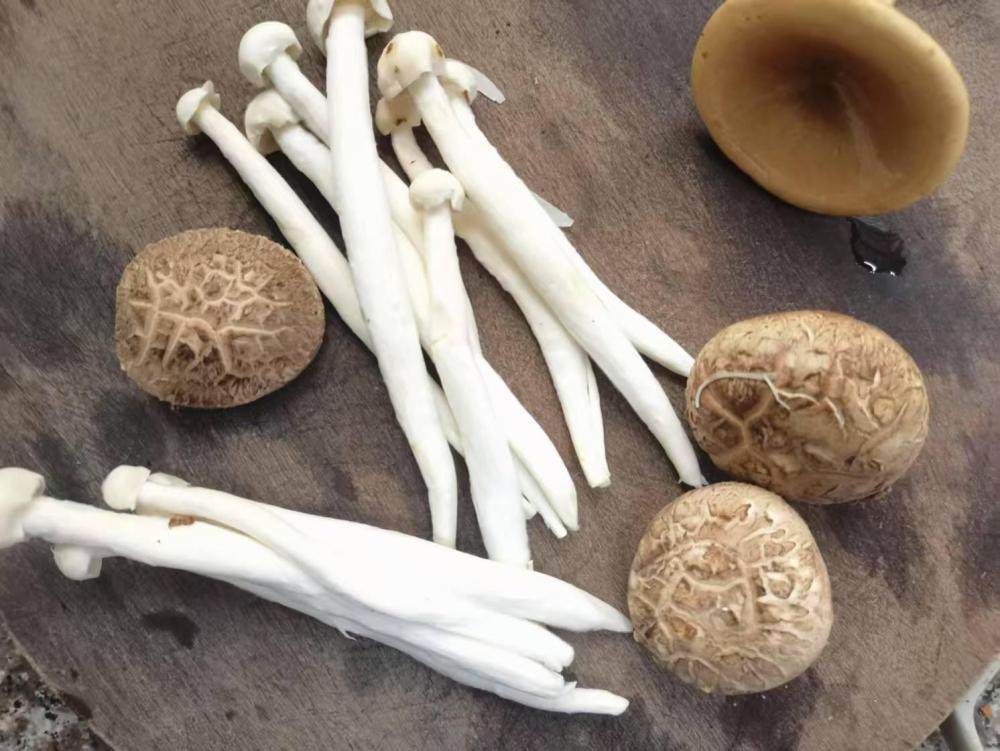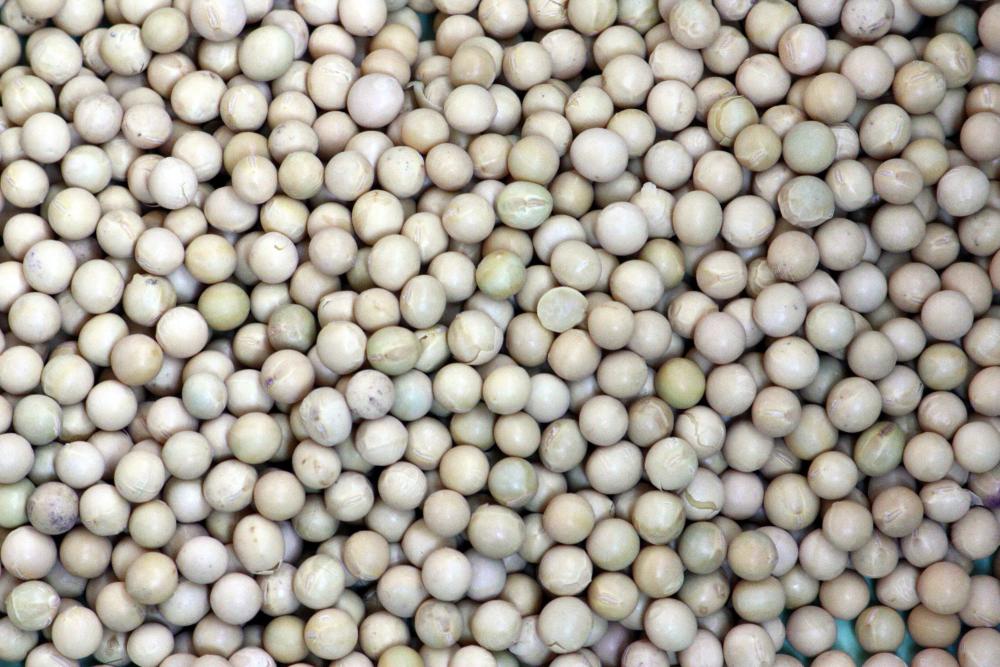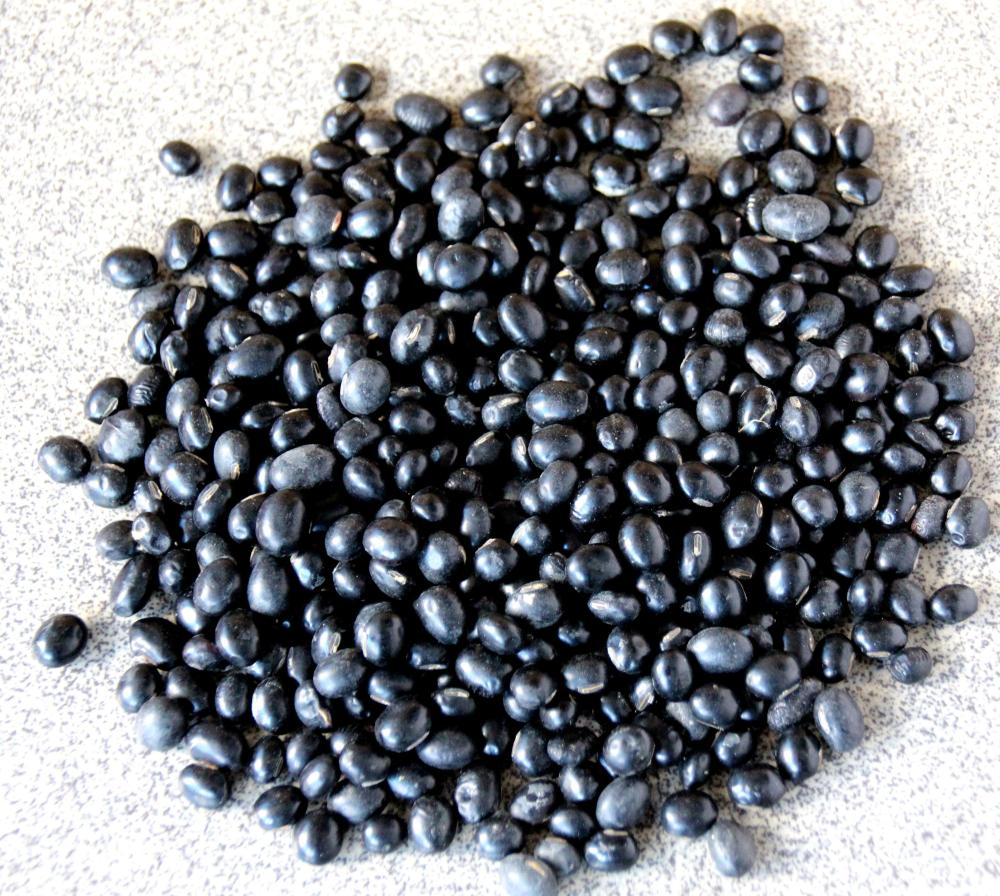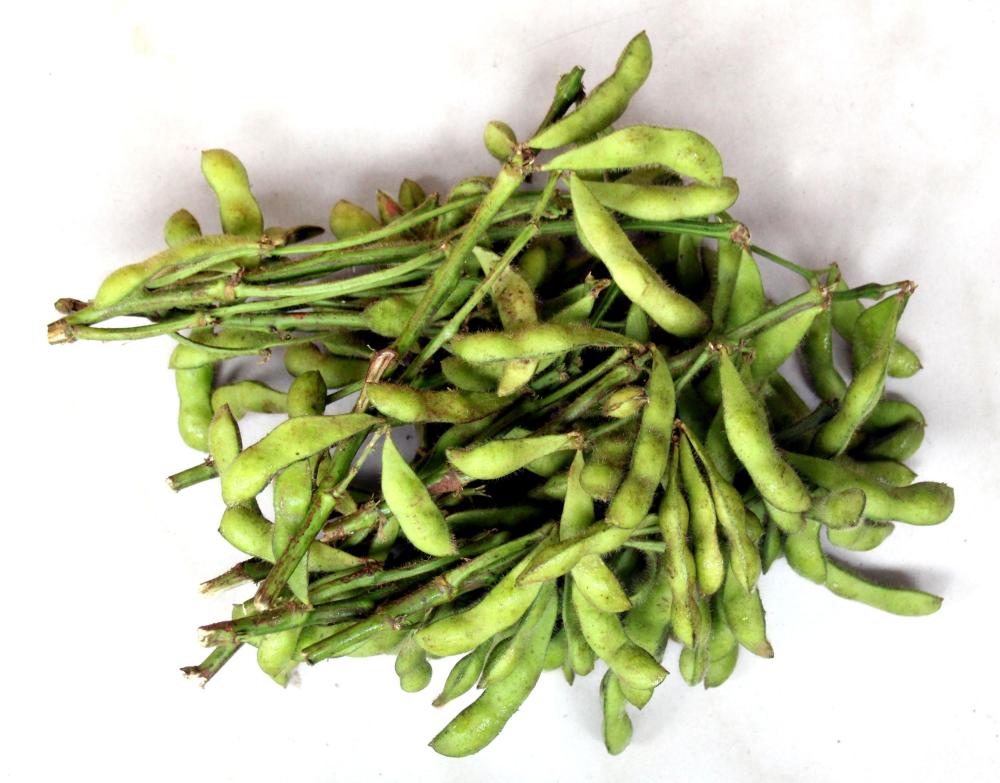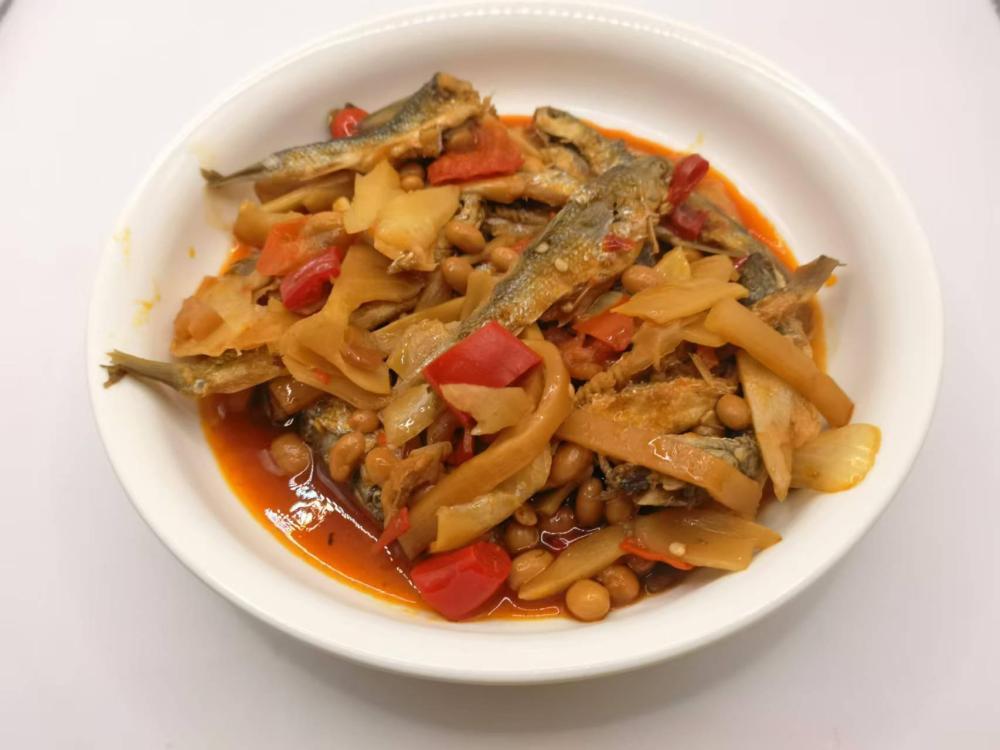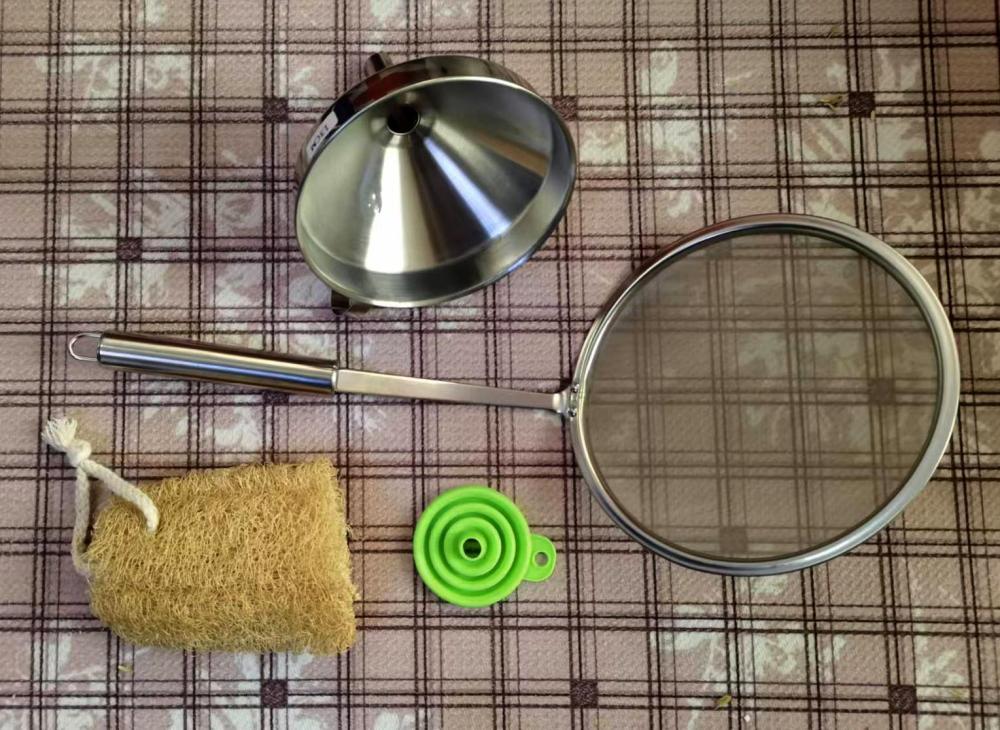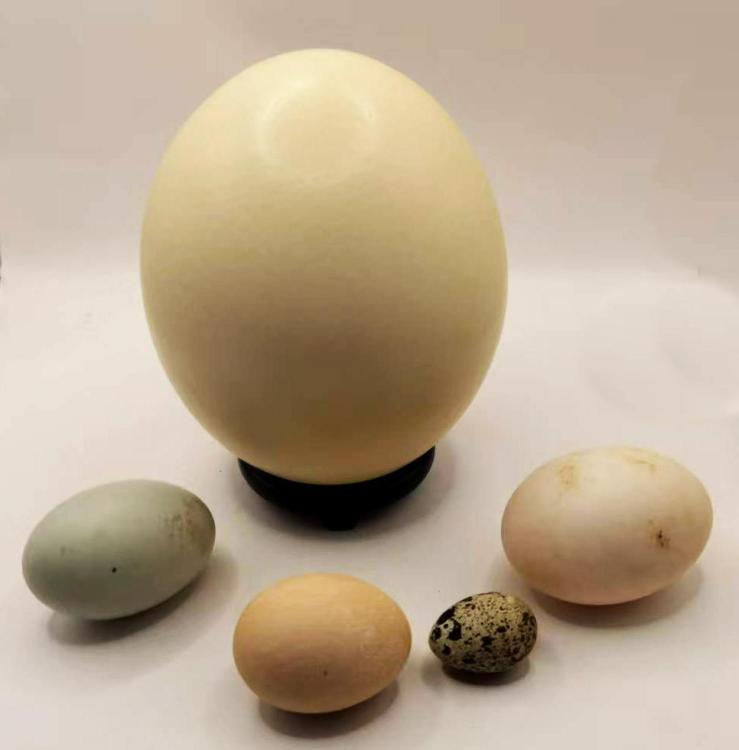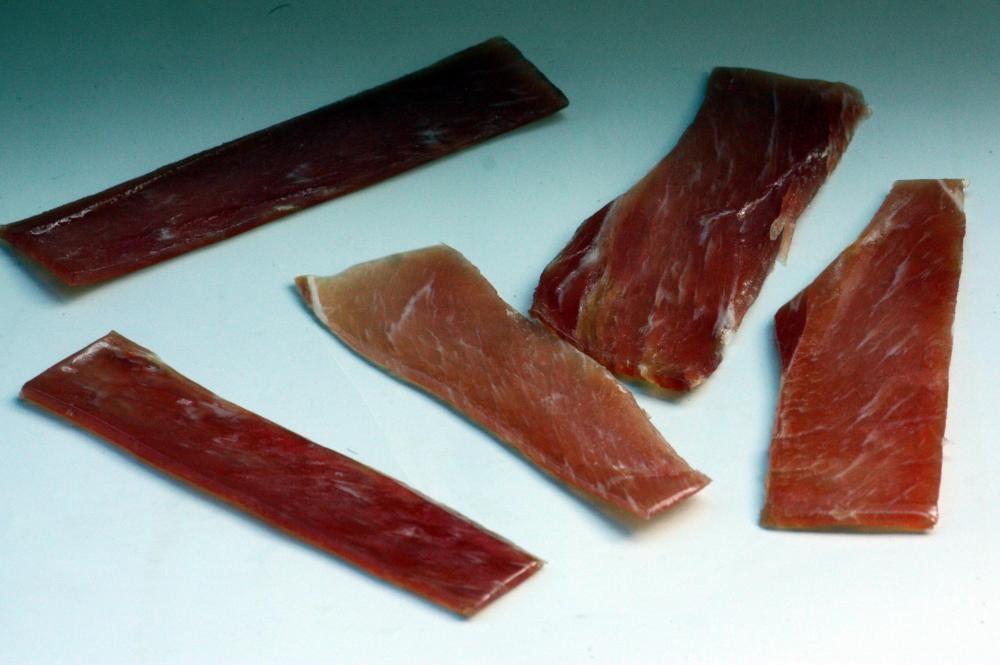-
Posts
16,656 -
Joined
-
Last visited
Content Type
Profiles
Forums
Store
Help Articles
Everything posted by liuzhou
-

A pictorial guide to Chinese cooking ingredients
liuzhou replied to a topic in China: Cooking & Baking
And so with our soy milk at the ready, we can go on to make our tofu but first we have to prepare a couple of things. Before we do that, let’s clarify what we are making. The English use of the word ‘tofu’ was borrowed from the Japanese, but as with so many Japanese terms they got it from Chinese. Indeed, they got the product from China, too. In Mandarin, it is 豆腐 (dòu fu), with 豆 meaning ‘bean’ and 腐 meaning ‘rotten’, which will no doubt delight the tofu haters., of which there are many. This migrated to Japan, carried by Buddhist monks probably in the 12th Century CE where it became tōfu. Japanese still uses the Chinese characters 豆腐 in their Kanji script, although, less often, in Hiragana script it is とうふ. The name alternative English name ‘bean curd’ is more used in American English than in other varieties. Whatever you call it, the process of making it is very similar to that of making cheese, to the extent that some sources say it was derived from cheese making, which the Chinese learned from the Mongols. However that is an unlikely minority view. Te first real mentions of tofu in the Chinese literature is in the 10th century CE, making it a relatively recent development in food history terms. Basically, where as rennet is used in traditional cheesemaking, when making tofu by modern production methods, the coagulant is normally 石膏 (shí gāo) which is calcium chloride aka gypsum. Traditionally, Japan used 苦汁 / にがり(nigari) which is bittern, but today has largely switched to chemical means. Calcium chloride, calcium sulphate or magnesium sulphate all do the job. The resulting curds are drained and pressed and hey presto, you have tofu. The muslin I buy for various kitchen tasks is sold as 豆腐布 (dòu fu bù), ‘tofu cloth’ in the same way as cheesecloth is in the west. Alternatively, one can buy woven bamboo trays to drain your curds. In the west, people generally only know the tofu as the white wobbly stuff, albeit in different degrees of firmness, but in China and Japan there are dozens of types available. It is dried, smoked, fermented in different ways and with flavourings. I have detailed many of them in this dedicated topic. Tofu here in China is made in huge factories as well as small enterprises. Some supermarkets make it in-house. A few make it at home, especially in rural areas. There are tutorials aplenty on the interwebs. -
I did give a tentative explanation, but in this post.
-

A pictorial guide to Chinese cooking ingredients
liuzhou replied to a topic in China: Cooking & Baking
One way of extracting the protein from soybeans in human-digestible form is to make tofu aka bean curd. However, to do so, there is another product you require first, also from the soybeans. Soybean milk. 豆浆 (dòu jiāng) This was traditionally made by grinding fresh or rehydrated dried beans with water, boiling the resulting mixture and straining it. This method is still used to make what is known as 豆浆 (dòu jiāng, literally ‘bean broth’). However it does not look, taste or smell like dairy milk. Still, the term is usually translated as ‘soy milk’. Many non-Chinese find the watery texture, yellowish appearance, taste and smell disturbing, but then they are probably expecting something more like cow’s milk. The Chinese have no such expectations, historically not being used to a dairy food culture. They have been enjoying this since ancient times. This type is sometimes sweetened or otherwise flavoured. Coconut juice (椰汁 - yē zhī) is a common addition. Coconut Soy Broth In more recent times, with advances in technology and changes in food culture, more dairy-like ‘milks’ are being mass produced industrially. These are sold as 豆奶 (dòu nǎi) which does literally translate as ‘bean milk’. So, it can be confusing when both types are translated as soy milk. Carefully check which you are picking up at your local store. And don’t rely on the labelling, if any. Mis-labelling is common. Use your eyes to look at the product; not the packaging! This is a common brand of 豆奶 soy milk. Sold in supermarkets. Most soy milk (of either kind) is drunk for breakfast, usually accompanied by 油条 (yóu tiáo, literally ‘oil stick’), deep fried dough sticks or crullers. Breakfast - Soy Broth with Dough Sticks Soy milk of the 豆奶 variety is occasionally made into yogurt and other preparations. I tried soy milk cheese once and survived – just Not recommended. Having acquired our 'milk', we're ready to make tofu. Maybe. Coming soon. -
I could take or leave aubergiine / eggplant* until I moved to China and discovered how they use it. Now it's a favourite. Two dishes stand out. First, 肉末茄子 (ròu mò qié zi) and then the Sichuan classic 鱼香茄子 (yú xiāng qié zi). The first is aubergine with minced pork**, Fuchsia Dunlop has a recipe in this Guardian article. My take on 肉末茄子 (ròu mò qié zi) and the second is often translated as 'fish-fragrant aubergine' but contains no fish. Instead it uses the ingredients often used to accompany fish. It is vegetarian. Fuchsia Dunlop has a recipe in her 'The Food of Sichuan (eG-friendly Amazon.com link)' Fun fact: in Mandarin Chinese, 茄子 (qié zi) is what bad photographers ask their subjects to say, to produce the cheesy grins found in family photographs. It is the equivalent of the English 'Say cheese!'. * As ivry fule noes, Aubergines taste much better than eggplants. ** Pork is the traditional choice, but any meat can be substituted.
-
Yes. As are all wine gums I've ever eaten. I can't comment on comparisons with gummy bears, which I've only eaten once and that was decades ago although my unreliable memory would put them firmer than wine gums.
-
Lunch was a bit of a disaster. I took some mushrooms - shiitake; jade gill mushrooms (海鲜菇 hǎi xiān gū) Hypsizygus tessellatus; and pig stomach mushrooms (猪肚菇 zhū dù gū), Infundibulicybe gibba and fried them with some shallot. Then I attempted an omelette made with a goose egg, something I've done many times, but made a careless but critical mistake. It is my habit when making omelettes with chicken or duck eggs to add a splash of water to the beaten eggs - makes for a lighter result. However, it doesn't work with goose eggs - something I momentarily forgot! Instead of making the egg fluffier, it weakened the walls of the omelette and it fell apart when I attempted to transfer it to my plate. It tasted great but looked like a train wreck. Well, at least I know what I did wrong. 😬
-

A pictorial guide to Chinese cooking ingredients
liuzhou replied to a topic in China: Cooking & Baking
Glycine max, known in English as soy bean, soybean or soya bean is native to eastern Asia, probably China where it is believed to have been domesticated in the 3rd millennium BCE, before spreading to Japan and SE Asia. So important is it in those countries that it doesn’t even really have a name of its own, being referred to simply as 大豆 (Mandarin: dà dòu; Japanese: daizu), meaning ‘big bean’. The beans come in various colours ranging from near white, through yellow and green to black. The most common are often described as 黄豆 (huáng dòu), yellow bean, 青豆 (qīng dòu), green bean, or black bean, 黑大豆 (hēi dà dòu) etc. 黑大豆 - Black Soybeans The name ‘soy’ came into English (and most other languages) from a colloquial version the Japanese しょうゆ (shōyu, also written 醤油), meaning ‘soy sauce’, although the Japanese was borrowed from a now obsolete Chinese term, shi-yu. Yes, the bean and plant is named after the sauce, not the other way round as often assumed. Today, soy beans are a major crop around the world, with the top five producers in descending order being Brazil, United States, Argentina, China and India. World production in 2020 was 353 million tonnes. 77% of the total go to animal feed, feeding the animals that feed us, mostly poultry feed followed by pig feed. Only 19.2% is used in direct human food, most of that in the form of cooking oil. The remaining 2.8% goes to industrial uses. See chart for fuller breakdown. You will note there is no mention of people directly eating the beans. The Oxford Companion boldly states that “In eastern countries, however, they do not eat soya beans in their natural state” which will come as a huge surprise to my neighbours who often eat them in the form of crunchy snacks but also boiled and served in a common dish, 黄豆酸笋焖鱼仔 (huáng dòu suān sǔn mèn yú zǎi), soy beans, pickled bamboo and stewed paddy fish, which I’ve posted here before. However the number eaten is tiny on a global scale and subsumed into the ‘other’ category in the chart. The main reasons so few are eaten directly is that they are difficult to cook to palatable softness but also, despite their protein level of 35% being higher than any other plant, that protein is difficult for humans to digest and mostly passes straight through the body. Other processing methods are required to make the protein available, mainly fermentation and extraction. However young, immature beans in the pod are popular. Known as 毛豆 (máo dòu), literally ‘hairy bean’ in Chinese, these are better known in the west by the Japanese names えだまめ or 枝豆 (edamame), literally 'twig beans', often eaten as つまみもの 摘まみ物 ( tsumamimono), meaning ‘food eaten with alcohol’. What I call ‘beer food’, although in Japan it can be beer, sake, shōchū or other spirits. Edamame Next, I’ll look at some of the fermentation and extraction techniques; for now I’m off for some つまみもの 摘まみ物! -

A pictorial guide to Chinese cooking ingredients
liuzhou replied to a topic in China: Cooking & Baking
The recent Dried Beans topic got me more thinking about beans in China. Although fresh beans are considerably easier to find, China of course also does them dried. I’ve always shied away from dealing with them here for one main reason – nomenclature. Many beans have multiple names in Chinese. I know three names for ‘broad beans’, Vicia faba, ‘蚕豆' (cán dòu), '胡豆' (hú dòu) or '罗汉豆' (luó hàn dòu), but then I also know three English names ‘broad beans’, ‘fava beans’ or ‘faba beans’. Chickpeas aka garbanzo beans, Cicer arietinum, also has two names in Chinese, '鹰嘴豆' (yīng zuǐ dòu) and 埃及都 (āi jí dū). In any one market, different vendors may use one or the other or even names from their dialect or any of China’s 600 languages! More troublesome, however, is that often one Chinese name refers to what most westerners consider to be several different beans. I’ve pretty much given up asking for ‘kidney beans’ by any of the two Chinese names I know, as I never know what I’ll be given. However, I’ve decided to bite the bullet and have a stab at trying to make some sense of the dried beans other than lentils in China. I’ll start tomorrow probably with what is by miles the most important bean, maybe not only in China but the world. -
Interesting indeed. I believe some small producers in Europe have made wine flavoured types, but they are not common.
-
Yes, the texture is the same, but they aren't wine flavoured.
-
Same texture but there's no real wine flavour.
-
Baby's Tears Flavor. I call then 'teardrop plates'.
-
Those produced by the original British companies had the names of various wines formed on top of them - port, champagne, claret, sherry etc. They were marketed as 'wine substitutes' as part of the Temperance Movement, although that may have been in deference to old man Bassett's extreme beliefs. They may still do; I don't know. Those I have bought here have no words on them, despite words being shown on the packaging illustration. The texture is semi-firm and chewy like a thick jelly or gum.
-
Yes. I looked up the wrong word! Duh!
-
Thanks. I meant Twinkie. Twinkle was a 60s pop singer, sadly deceased. I was reading about her earlier and that confused me. Never come across the cake-like thing.
-
What is a Twinkle? I have searched but not come up with anything useful.
-
These are ten a penny round here. Used for making tofu or for more general purposes. I'd imagine Asian markets would have if there is one near you (?).
-
Well, I think this could be fun! A selection of small tools I bought this morning, prompted by my funnel having disappeared into the same place as socks go when they leave their partner mid-way through a wash cycle carrying off my Tupperware lids.
-
-
Most chicken stocks here include an element of mildly cured ham. I don't know what's available to you in Asian markets but Jinhua ham is considered the most luxurious.
-
Nor does it make it unreal! No, But only because there are cheaper and more powerful alternatives! And this has nothing to do with TCM (traditional Chinese medicine), of which I have often been highly critical on these forums. The studies referred to were not done in China. Antibacterial activity of green tea leaves extracts against specific bacterial strains - ScienceDirect Could green tea hold the key to reducing antibiotic resistance? | German Center for Infection Research
-
There are countless studies that acknowledge the antibacterial and antiseptic effects of green tea.
-
-
When you arrive in most restaurants in China, from hole-in-the-wall joints to expensive banquet places, you are presented with a cup of ambient temp or lukewarm green tea. This not for you to drink. It's used to clean and rinse your rice bowl and chopsticks. Green tea has proven antiseptic and antibacterial properties!
-
I found the article most amusing. It says there is little chance of tea being contaminated then lists several 'theoretical', 'in theory' possibilities which it already admitted are unlikely. The only real advice it offers is don't make your tea with cold water and don't make it in a dirty pot! Well, thanks. I'd never have thunk that for myself!




